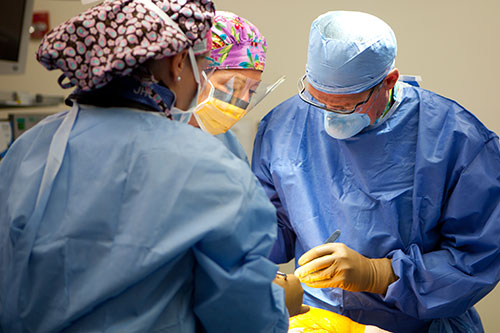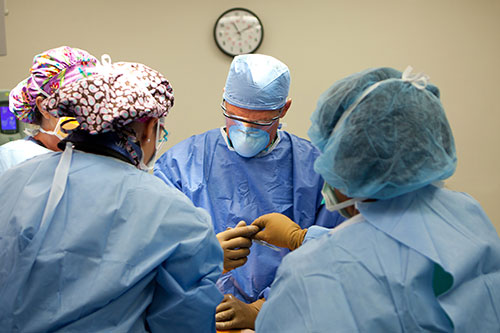Sports Medicine
 Sports Medicine
Sports Medicine
Our physicians specialize in the prevention, evaluation, treatment and rehabilitation that assures a positive healthy recovery experience, an improved quality of life, a safe return to full athletic participation and continued athletic success. This same level of expertise is provided to every athlete that visits our practice.
We specialize in providing comprehensive sports medicine services including the diagnosis, treatment, and rehabilitation of athletic injuries. Regardless of the level of the athlete; recreational, high school, college, even professional; Lakelands Orthopedics strives to provide the highest quality, state-of-the-art health care services.
The sports medicine program includes our board-certified orthopedic surgeons and our physical therapists. This team take a comprehensive approach to treating sports injuries, which includes superior diagnostics, physical therapy, pain management, and when necessary, the latest surgical techniques. Our goal is to assist patients in their quest to return to the games they love, quickly and safely.
 Common Injuries Treated
Common Injuries Treated
- Achilles Tendon Injuries
- ACL Tears
- Ankle Injuries
- Fractures and Dislocations
- Golfer’s Elbow
- Knee Injuries
- Labral Tears
- Muscle Contusions (Bruise)
- Rotator Cuff Injuries
- Shoulder Injuries and Instability
- Shin Splints
- Slap Lesion
- Sprains and Strains
- Stress Fractures
- Tennis Elbow
- Torn Ligaments and Tendons
 Sports Injuries
Sports Injuries
There are alarming trends in “professional-level” injuries among youth sports participants. Orthopaedic surgeons see two trends: the number of youth injuries is reaching epidemic proportions and youth are experiencing overuse injuries at a younger and younger age. The high rate of youth sports injuries is fueled by an increase in overuse and trauma injuries and a lack of attention paid to proper injury prevention.
Overuse injuries impact young athletes in the short term and often lead to long-term consequences. This type of injury may become apparent during the course of play. Using proper preventative measures such as pre-participation physicals, stretching, cross-training, hydration and open communication about pain among all participants (coaches, athletes, parents and healthcare providers) can help aid recovery and avoid long-term consequences.
It is important for everyone who plays a role in a young athlete's life—parents, coaches and healthcare providers—to put the athlete’s health and safety first and to quickly and honestly communicate about issues of pain, injury and the need for proper recovery.
